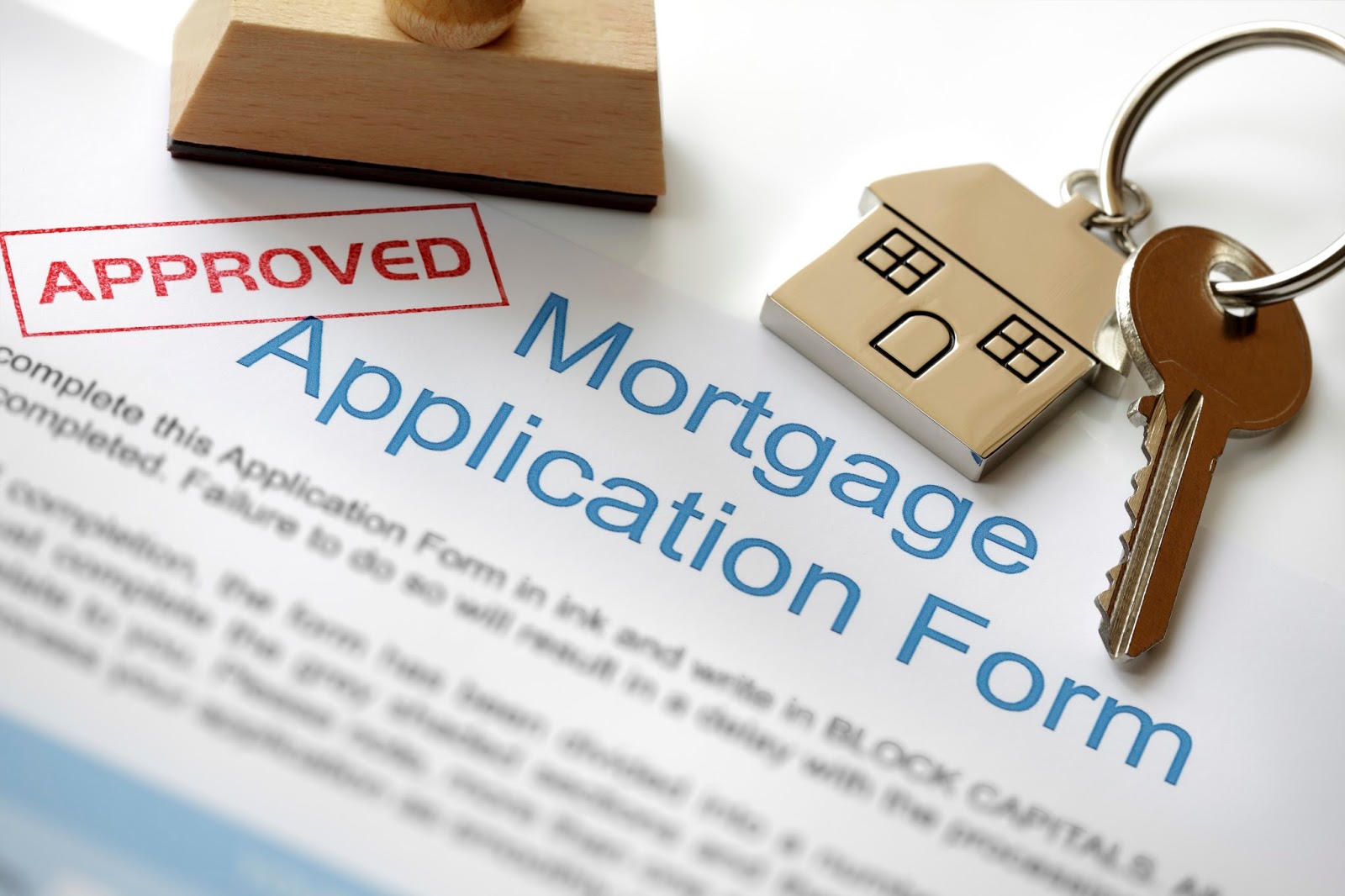Posted by Scott Shenton ● August 31, 2015
Why Do I Need So Many Documents When Applying for a Mortgage?

Today’s mortgage standards require more documentation than ever before. So much in fact, it can sometimes feel overwhelming. Why do you need so many documents? Let’s explore.
Throughout the years leading up to the housing bubble of 2007, millions of mortgages were made with little to no verification of borrower’s ability to repay the loan, their credit worthiness, and a host of other factors that could alert a lender to a risky situation. The reason for this was that housing prices were headed up so quickly, that even if a mortgage defaulted, the bank would likely have enough equity to cover it, thus wouldn’t likely suffer any loss. Unfortunately, many mortgages did in fact default causing the market spiraled out of control.
This all changed in 2008 when the bubble burst. Borrowers who couldn’t afford their homes started defaulting on their loans. As these homes foreclosed, it negatively affected the value of nearby homes, causing more people to default on their loans, sending the entire housing market, and our national economy into a tail spin.
Things have stabilized a great deal since then and regulations have been put into place to help ensure that this does not happen again. One of these measures is to require that a borrower’s ability to repay the loan is verified and documented beyond any doubt.
Today it is expected that a borrower’s income is fully verified with pay stubs, along with a two year history of W2’s and Federal tax returns. In the case of self-employed borrowers, business tax returns and profit and loss statements must also be submitted to verify the profitability of the business.
Assets are also required to be documented and it’s for two purposes; required cash for closing and reserve funds. Not only does a borrower have to prove that they have adequate funds for closing, they also need to prove that those funds are available to use and are not the result of an unrecorded loan with the expectation of repayment, which could affect a borrowers ability to repay their mortgage. This regulation ensures that the funds planned for closing costs or reserves are not owed to anyone else.
Two months of statements must be collected for all relevant bank accounts. Should any deposits greater than 50% of the gross household income be made, it too must be documented with additional statements and check copies. In the case of a gift, special documentation attesting to the details surrounding the gift must also be submitted.
Depending on the loan type and the number of properties you own, between two and six month’s payment reserves must also be verified. This is usually verified using two months of savings, retirement or investment statements. Again, any large deposits will introduce new accounts which must show a two month history. If those new accounts have a large deposit, yet another account will have to be verified, and so on.
In addition to all of the documents already listed, copies of government issued photo IDs, condo association/home owners association dues, real estate tax bills, mortgage statements, rental leases and insurance policies on investment properties must also all be verified.
The documentation requirements have grown exponentially since 2008 and can feel extremely invasive at times. However burdensome this may seem, it’s also easy to see why these steps were taken and why it’s best to trust the process. Every borrower, regardless of their income or status has to document the same things. The process of applying and taking out a mortgage certainly can be frustrating, however being thorough with your application and being engaged in the process will make the process a whole lot easier. Remember that by applying for a mortgage, you’re asking a bank to lend you a LOT of money, and by providing all the documentation requested, you’re helping the bank understand why you’re not a risky investment. The more the bank understands this, the easier your mortgage process will be.
For more information on how to create the perfect loan file, take a look as this great article by Forbes.
Prepare your documents early. Use our purchase checklist or our refinance checklist to get organized and help your mortgage process run more smoothly. If you have your documents and are ready to make your homebuying dream a reality, let’s talk about getting pre-approved today!
Topics: Buying a Home, Mortgage Documentation



